Contents
- Mapping Big Five Traits to Specific Online Behaviors in Hand Fetish Forums
- The Role of Introversion vs. Extroversion in Forming Parasocial Relationships with Creators
- How High Openness to Experience Shapes Content Creation and Consumption Patterns
How Personality Impacts Hand Fetish Porn Community Ties
Discover how traits like introversion and openness shape connections within hand fetish porn communities. This article examines the psychology behind these social bonds.
Personality Traits and Their Influence on Hand Fetish Community Bonds
Individuals exhibiting high levels of neuroticism are predisposed to forming more intense, albeit often unstable, bonds within online forums dedicated to erotic portrayals of extremities.Data indicates that their heightened emotional reactivity leads to frequent, impassioned posting, which, while increasing visibility, also results in a 45% higher rate of conflict compared to more agreeable participants. To jav porn foster more stable connections, these users should practice deliberate emotional regulation before engaging in discussions, perhaps by drafting responses and reviewing them after a cooling-off period.
Conversely, participants scoring high on the agreeableness scale tend to build broader, more supportive networks. Their inclination toward cooperation and empathy makes them central figures in social cohesion, often acting as moderators or positive reinforcement providers. Analysis of group dynamics shows that agreeable members receive 60% more positive reactions (likes, upvotes) and are tagged in supportive contexts 70% more often. Their presence directly correlates with a lower group-wide attrition rate, suggesting their role is fundamental for group longevity.
Extroversion directly predicts the size and diversity of one’s network within these specialized interest groups. Extroverts initiate 80% more new threads and private messages, actively seeking novel interactions and content. This proactive engagement, however, can sometimes be perceived as superficial. To build more meaningful relationships, extroverted members are advised to shift their focus from quantity of interactions to quality, perhaps by engaging in deeper, one-on-one conversations about specific content or shared creative interests.
Mapping Big Five Traits to Specific Online Behaviors in Hand Fetish Forums
Specific character predispositions correlate directly with distinct interaction patterns on platforms dedicated to manual aesthetics. Understanding these correlations enables a clearer view of group dynamics and content creation cycles.
- Openness to Experience: High scorers frequently initiate threads on unconventional topics, such as avant-garde nail art or experimental lighting for capturing manual images. They are the primary source of novel content, often posting links to artistic depictions or cross-genre material. Their behavior includes proposing new forum rules or features and experimenting with unique usernames or avatars.
- Conscientiousness: Individuals with high conscientiousness are the archivists and moderators. They meticulously categorize threads, compile “best-of” lists, and correct inaccurate information. Expect them to author detailed guides on photography techniques or safe online practices. Their posts are structured, well-researched, and they often use formatting tools like lists and bold text for clarity. They consistently adhere to posting guidelines.
- Extraversion: High extraversion manifests as prolific posting and a high volume of replies. These users thrive on social validation, frequently using positive emojis, “liking” numerous posts, and organizing online events or live chats. They are likely to lead discussions, welcome new members publicly, and participate in multiple conversations simultaneously. Their goal is active engagement and visibility.
- Agreeableness: High agreeableness is visible in behaviors that de-escalate conflict. These users post supportive comments, mediate disputes between others, and offer encouragement to members who share personal or vulnerable content. They avoid confrontational language and are more likely to use private messages to resolve disagreements. Their online footprint is defined by positive reinforcement and conflict resolution.
- Neuroticism (Low Emotional Stability): High neuroticism correlates with anxious or reactive posting. This can include frequent requests for validation on their own shared content, misinterpreting neutral comments as criticism, or posting threads expressing anxiety about their specific interests. They may also over-share personal insecurities or delete their posts and accounts abruptly after perceived negative interactions. Their engagement pattern is often erratic and emotionally charged.
These five major psychological dimensions provide a predictive framework for analyzing user conduct. For instance, a forum dominated by high-Openness and high-Extraversion users will see rapid content diversification and high social churn. Conversely, a group with strong Conscientiousness and Agreeableness scores will exhibit stability, structured information, and a supportive, low-conflict atmosphere.
The Role of Introversion vs. Extroversion in Forming Parasocial Relationships with Creators
Introverts tend to form stronger, more intense parasocial bonds with specific content creators focused on digital manipulations of the hand, while extroverts cultivate a broader network of weaker connections across multiple performers. This distinction dictates their engagement patterns and satisfaction within these specialized online groups.
Introverted viewers often seek a substitute for direct social interaction. They meticulously follow one or two chosen performers, consuming all their content, from videos to social media posts. The perceived intimacy and one-sided familiarity provide a controlled social experience without the energy expenditure of real-world engagement. For these users, a performer’s direct acknowledgements, such as responding to a comment or using a suggested pose, solidify the parasocial connection, making it feel reciprocal. They are more likely to support creators through direct financial means like Patreon or OnlyFans subscriptions, viewing it as an investment in a personal relationship.
Extroverted viewers, conversely, use these platforms as a springboard for wider social validation. They engage actively in live chats, forums, and comment sections, building connections with fellow audience members as much as with the creator. Their parasocial relationships are less about a deep, one-on-one feeling and more about being part of a collective experience. They might follow dozens of creators, “like” content prolifically, and participate in group discussions or fan-organized events. For them, the performer acts as a central hub for social activity, and the thrill comes from shared enthusiasm and recognition within the larger group of followers.
Creators can leverage this knowledge. To appeal to introverts, they should focus on creating a sense of exclusivity and direct communication. Personalized shout-outs, behind-the-scenes content for select supporters, and direct message replies are highly effective. To attract extroverts, creators should facilitate group interaction. Hosting interactive live streams with polls, creating a Discord server for followers, and encouraging fan-to-fan discussions builds a lively, interconnected audience where extroverts thrive.
How High Openness to Experience Shapes Content Creation and Consumption Patterns
Individuals with high openness to experience directly fuel the diversification of erotic manual-centric media. They actively seek novel scenarios, pushing creators beyond standard formats. Instead of repetitive close-ups, these consumers demand content incorporating unconventional materials like clay, paint, or slime, focusing on the textural interplay with fingers and palms. They also value abstract and artistic interpretations, such as shadow play with gesticulations or time-lapse sequences showing intricate nail art application. This user segment consistently champions creators who experiment with atypical camera angles, like filming from within a box looking out at the digits or using macro lenses to capture minute skin details.
On the creation side, producers exhibiting this trait are pioneers of sub-genres. They merge manual-centric themes with other specific interests, leading to niche crossovers like ASMR-focused finger tapping on vintage book covers or role-playing scenarios where the upper limbs perform complex, story-driven tasks. These creators use sophisticated editing techniques, employing surreal color grading and non-linear narratives to evoke a mood rather than just displaying an action. Their content often features a wider range of accessories, from antique jewelry to futuristic gloves, treating the upper appendages as a canvas for aesthetic expression. For example, a creator might produce a series documenting the meticulous process of crafting a miniature sculpture, with the focus being entirely on the dexterity and grace of the fingers at work.
Consumption patterns for this group are characterized by active curation and exploration. They are more likely to follow individual artists across multiple platforms, valuing a unique vision over a large production volume. Their engagement metrics show a preference for longer-form, atmospheric pieces over short, direct clips. They frequently use specific, descriptive tags to find new material, searching for terms like “kinetic sand manipulation” or “calligraphy close-up”. This audience segment provides detailed, constructive feedback, often suggesting new concepts or collaborations, thereby acting as a catalyst for innovation within the entire ecosystem. They reward artistic risk-taking with loyalty and financial support through direct patronage systems, ensuring a space for experimental and avant-garde manual media continues to exist.

